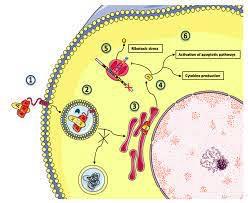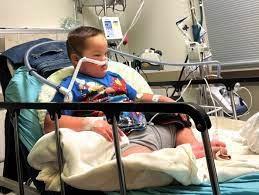 Children are extremely sensitive to acquiring hemolytic uremic syndrome (HUS) as a result of foodborne E. coli expressing Shiga toxin (STEC). A team of clinicians, microbiologists and biochemists at the University of Bristol in the U.K., has defined the pathogenesis of STEC infection. The Shiga toxin targets podocytes within the kidney activating a complement pathway resulting in intravascular clotting. This sequence sharply reduces kidney function and may even result in failure of the organ. Children with advanced HUS require kidney dialysis and following recovery, up to 10 percent of survivors may have undergone severe and irreversible changes that will require either lifelong care or subsequent renal transplantation.
Children are extremely sensitive to acquiring hemolytic uremic syndrome (HUS) as a result of foodborne E. coli expressing Shiga toxin (STEC). A team of clinicians, microbiologists and biochemists at the University of Bristol in the U.K., has defined the pathogenesis of STEC infection. The Shiga toxin targets podocytes within the kidney activating a complement pathway resulting in intravascular clotting. This sequence sharply reduces kidney function and may even result in failure of the organ. Children with advanced HUS require kidney dialysis and following recovery, up to 10 percent of survivors may have undergone severe and irreversible changes that will require either lifelong care or subsequent renal transplantation.

Now that the mechanism of action of Shiga toxin on the kidney is known, researchers are investigating potential therapeutic intervention through blocking the complement pathway thereby averting severe renal damage.

Children and adults are potentially exposed to infection with STEC strains that are present in the digestive tract of ruminants. Leafy greens are contaminated by irrigation water containing bovine fecal matter that enters canals by runoff from CAFOs. The risk of STEC contamination of meat can be suppressed by in-plant modalities and eliminated by thorough cooking. Leafy greens that are incorporated into salads are responsible for periodic outbreaks of STEC, and other foodborne infections including salmonellosis and listeriosis, since there is no effective kill-step for pathogenic bacteria extending from harvesting to packaging.